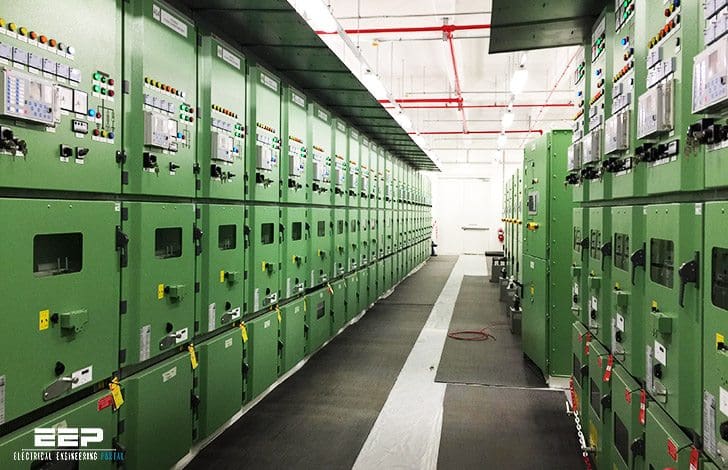The plant engineer’s worst fear…
Just as high blood pressure can create stress and serious problems in the human body, high levels of harmonic distortion can create stress and resultant problems for the utility’s distribution system and the plant’s distribution system, as well as all of the equipment that is serviced by that distribution system.

The result may be the plant engineer’s worst fear – the shutting down of important plant equipment ranging from a single machine to an entire line or process.
Equipment shutdown can be caused by a number of events. As an example, the higher voltage peaks that are created by harmonic distortion put extra stress on motor and wire insulation, which ultimately can result in insulation breakdown and failure.
In addition, harmonics increase rms current, resulting in increased operating temperatures for many pieces of equipment, greatly reducing equipment life.
Table below summarizes some of the negative consequences that harmonics can have on typical equipment found in the plant environment.
Negative Consequences of Harmonics on Plant Equipment
| Equipment | Consequences |
| Current Harmonic Distortion Problems | |
| Capacitors | Blown fuses, reduced capacitor life |
| Motors | Reduced motor life, inability to fully load motor |
| Fuses/breakers | False/spurious operation, damaged components |
| Transformers | Increased copper losses, reduced capacity |
| Voltage Harmonic Distortion Problems | |
| Transformers | Increased noise, possible insulation failure |
| Motors | Mechanical fatigue |
| Electronic loads | Misoperation |
While these effects are categorized by problems created by current and voltage harmonics, current and voltage harmonic distortion usually exist together (current harmonic distortion causes voltage harmonic distortion) .
Harmonic distortion disrupts plants. Of greatest importance is the loss of productivity, throughput, and, possibly, sales.
These occur because of process shutdowns due to the unexpected failure of motors, drives, power supplies, or just the spurious tripping of breakers. Plant engineers realize how costly downtime can be and pride themselves in maintaining low levels of plant downtime. In addition, maintenance and repair budgets can be severely stretched.
For example, every 10°C rise in the operating temperatures of motors or capacitors can cut equipment life by 50%.
Reference: Power factor correction: a guide for the plant engineer – Eaton











My neighbor’s air conditioner has a harmonic hum that hits the wall of my house and is absorbed all over the house. I am stressed out not only by the noise which is also in my pillow but my B12 number has gone down under 4. The doctor has put me on 1000 mgs of B12. This noise is on and off night and day seven days a week for 13 months. What other health issues should I be aware of? She will not fix it.
Hi Edvard, thanks for sharing the informative article!
May we know what’s the impact for High Harmonics on the busbars, their connections and the Switchgears (AIS/GIS) in the longer term? Appreciate your advice.
Best Regards,
Bryan Lee-UA
Can u tell which is the ideal location or part of the circuit or distribution network from where to connect the harmonic analyzer to accurately determine harmonics?? main bus bar coming from generators or distri trafo or lower d/s to LV MCC bus bar for example?
Please send the Power factor correction details and capacitors details ,Harmonic filter details
More info on larger power generation units in remote areas and hybrid power systems for locations where there are no transformers fuel savings vs Kw generated any new info on saving people money with low voltage DC inverters feeding off panels and battery banks.
This de-rating of power systems due to heat and humidity synchronising with new purpose designed PLC units.
This would all be very interesting.
Thanking you.
I am a technical engineer. My friend introduce the EEP apps to me and I’d like to update via it. Thanks.